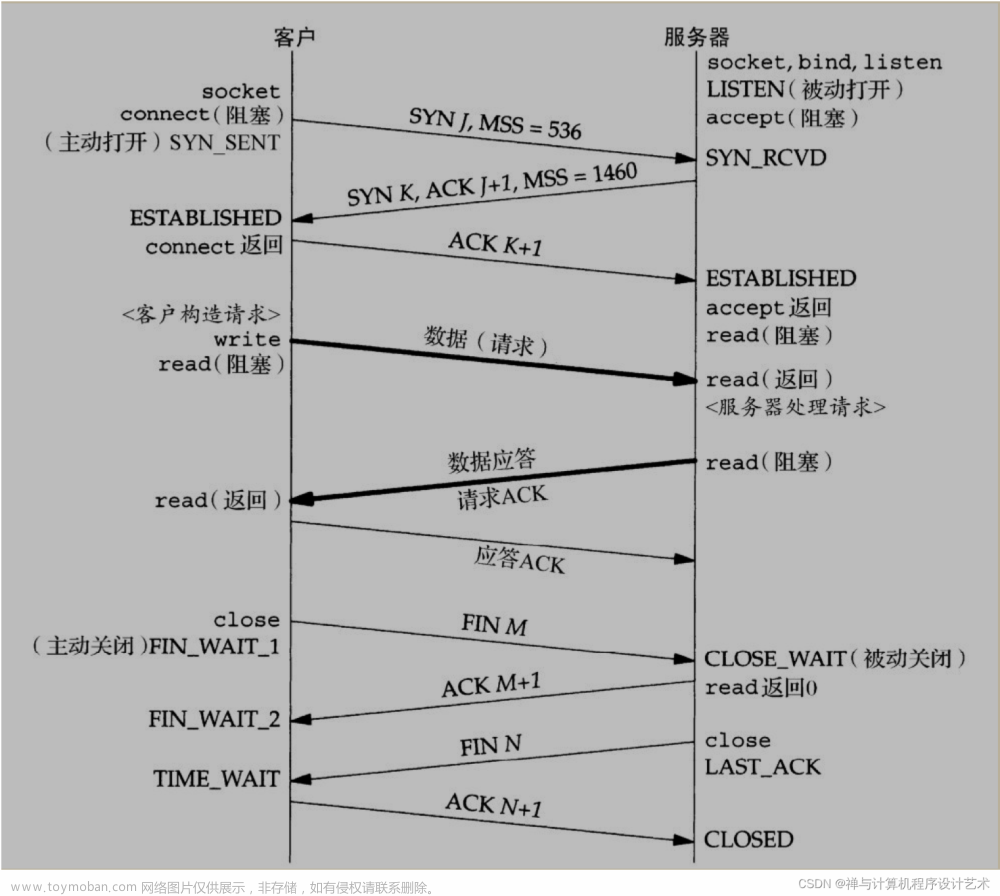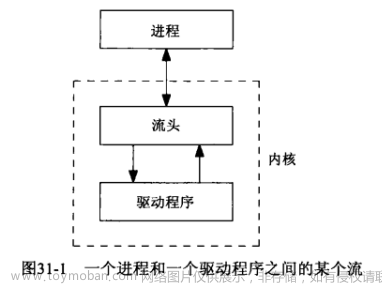Exploring Head-of-Line Blocking
A stream in SCTP is not a stream of bytes (as in TCP), but a sequence of messages that is ordered within the association. These sub-ordered streams are used to avoid the head-of-line blocking found in TCP.
Head-of-line blocking occurs when a TCP segment is lost and a subsequent TCP segment arrives out of order. That subsequent segment is held until the first TCP segment is retransmitted and arrives at the receiver. Delaying delivery of the subsequent segment assures that the receiving application sees all data in the order in which the sending application sent it. This delay to achieve complete ordering is quite useful, but it has a downside. Assume that semantically independent messages are being sent over a single TCP connection.
#include "unp.h"
void sctpstr_client_echoall(FILE *fp, int sock_fd, struct sockaddr *to, socklen_t tolen)
{
struct sockaddr_in peeraddr;
struct sctp_sndrcvinfo sri;
char sendline[SCTP_MAXLINE], recvline[SCTP_MAXLINE];
socklen_t len;
int rd_sz, i, strsz;
int msg_flags;
bzero(sendline, sizeof(sendline));
bzero(&sri, sizeof(sri));
while(fgets(sendline,SCTP_MAXLINE-9, fp)!=NULL)
{
strsz=strlen(sendline);
if(sendline[strsz-1]=='\n')
{
sendline[strsz-1]='\0';
strsz--;
}
for(i=0;i<SERV_MAX_SCTP_STRM;i++)
{
snprintf(sendline+strsz, sizeof(sendline)-strsz,".msg. %d",i);
Sctp_sendmsg(sock_fd, sendline, sizoef(sendline),to, tolen,0,0,i,0,0);
}
for(i=0;i<SERV_MAX_SCTP_STRM;i++)
{
len=sizeof(peeraddr);
rd_sz=Sctp_recvmsg(sock_fd, recvline, sizeof(recvline), (SA *)&peeraddr, &len, &sri, &msg_flags);
printf("From str:%d seq:%d (assoc: 0X%X) :", sri.sinfo_stream, sri.sinfo_ssn, (u_int)sri.sinfo_assoc_id);
printf("%.*s\n", rd_sz,recvline);
}
}
}
sctp_strcliecho
for(i=0;i<SERV_MAX_SCTP_STRM;i++)
{
snprintf(sendline+strsz, sizeof(sendline)-strsz,".msg. %d",i);
Sctp_sendmsg(sock_fd, sendline, sizoef(sendline),to, tolen,0,0,i,0,0);
snprintf(sendline+strsz, sizeof(sendline)-strsz, ".msg.%d 2",i);
Sctp_sendmsg(sock_fd, sendline, sizeof(sendline), to, tolen, 0,0,i,0,0);
}
for(i=0;i<SERV_MAX_SCTP_STRM;i++)
{
len=sizeof(peeraddr);
sctp_strcliecho modifications文章来源:https://www.toymoban.com/news/detail-629510.html
Controlling the Number of Streams
if(argc==2)
stream_increment=atoi(argv[1]);
sock_fd=Socket(AF_INET, SOCK_SEQPACKET, IPPROTO_SCTP);
bzero(&initm,sizeof(initm));
initm.sinit_num_ostreams=SERV_MORE_STRMS_SCTP;
Setsockopt(sock_fd, IPPROTO_SCTP, SCTP_INITMSG, &initm,sizeof(initm));
Requesting more streams in our server文章来源地址https://www.toymoban.com/news/detail-629510.html
到了这里,关于Unix Network Programming Episode 74的文章就介绍完了。如果您还想了解更多内容,请在右上角搜索TOY模板网以前的文章或继续浏览下面的相关文章,希望大家以后多多支持TOY模板网!











